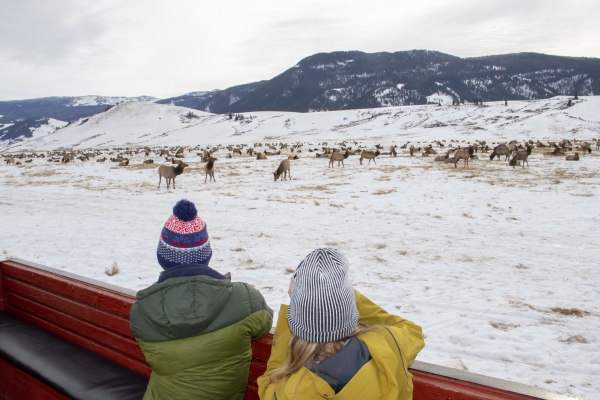
Ninepipe National Wildlife Refuge has access restrictions from March 1 to July 14 to accommodate the birds.
Please remember you are visitors to the Refuge and restrain from disturbing wildlife. Do no use electronic or game calls, including bird calls, which can cause stress on animals as well as disrupt opportunities for other visitors.
Consisting mainly of open water (the reservoir takes up 1,672 acres of the 2,062 acres of the refuge), visitors are restricted to the edges of Ninepipe NWR except during ice fishing season. Still, vistas are open and viewing is quite spectacular, especially from the higher ground of the dam (Ninepipe Road goes across this and is accessible by vehicles). This area is where the deepest water of the reservoir is located, providing habitat for grebes and other diving birds. From the Watchable Wildlife Viewing Area located on Hwy 93, visitors will be in areas where water is shallower, offering habitat for shorebirds and dabbling ducks.
Waterfowl numbers vary through the year, with concentrations in spring and fall. Spring migration is at a peak from late March to early May, with waves of different species coming through at different times. Shorebirds can be seen coming through on their southerly migration as early as August. Fall migration of waterfowls often peak in early October to late November. Because Mission Valley is between the Pacific Flyway and the Central Flyway, migrations numbers are not very large but the variety can be great.
Waterfowl typically nest from April until July and the uplands also provide nesting and foraging habitat for such summer residents as western meadowlark, common yellowthroat, red-winged and yellow-headed blackbirds and Wilson’s snipe. The area has a high population of northern harriers and short-eared owls, both ground nesting birds of prey.
Spotting scopes with tripods or window mounts are suggested to bring in views of distant birds on the water.
